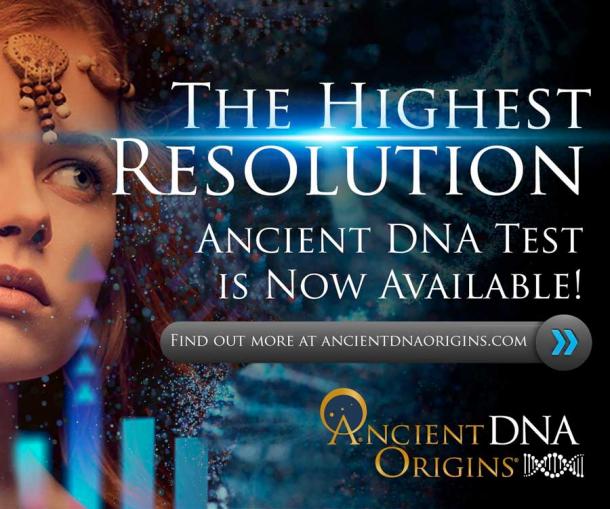
DNA from Ancient Denisovan Tooth Sheds Light on Mysterious Human Relative
The Denisovans are a mysterious hominid species that we only know about from two molar teeth and the bone of a pinky finger discovered in the remote Denisova Cave in the Altai Mountains of Siberia. However, DNA extracted from the fossils has opened a window in understanding this ancient species and how it impacted the world tens of thousands of years ago. New research now reveals that far from being a small, isolated population, the Denisovans ranged widely across Asia, even persisting for tens of thousands of years alongside Neanderthals and Homo Sapiens, interbreeding with both and creating a complex family tree that scientists are still trying to unravel.
Scientists first discovered that a previously unknown species of early human had lived in Asia when teeth and bone fragments were found in the Denisova cave. DNA analyses revealed that the fossils belonged to a species that was related to, but genetically distinct from, Neanderthals, and which roamed the plains of Siberia long before modern humans arrived.
The pinky bone fragment was found to belong to a juvenile female Denisovan that lived around 50,000 years ago. However, new research published yesterday in the journal Proceedings of the National Academy of Sciences, revealed that the teeth belonged to two separate individuals – one adult male and one young female – who lived at least 110,000 years ago and perhaps as early as 170,000 years ago. This shows that the species was able to thrive in a harsh climate for at least 60,000 years.

Replica of the pinky finger bone found in 2008 in the Denisova Cave. Museum of Natural Sciences in Brussels, Belgium. (Thilo Parg / Wikimedia Commons/ CC BY-SA 3.0)
Research in 2013 already revealed that the Denisovan DNA is present in indigenous populations in Australia, New Guinea and surrounding areas, showing that their reach was far and wide.
“The Denisovans also show as much genetic diversity as Neanderthals that lived as far away from one another as Spain and Siberia,” said Svante Paabo, an evolutionary geneticist at Max Planck Institute for Evolutionary Anthropology in Leipzig, Germany, in an interview with CBCNews.ca. This suggests that the Denisovans had substantial numbers and a long history.
- First glimpse inside the Siberian cave that holds the key to origins of man
- Discovery of ancient bones in Altai Mountains cave may be missing link in understanding human origins
- New DNA tests on ancient Denisovan people shows them occupying Altai cave 170,000 years ago

Replica of one of the Denisovan molars discovered in Denisova Cave. Museum of Natural Sciences in Brussels, Belgium. (Thilo Parg / Wikimedia Commons/ CC BY-SA 3.0)
Previous research has revealed that the Denisovans share up to 8 percent of their genome with a “super archaic” and totally unknown species that dates back around 1 million years and which science is yet to discover.
Molecular anthropologist at New York University Todd Disotell told the New York Times that the study “adds to growing evidence that our species kept company with many near relatives over the past million years.”
Dr Disotell explained that the world back then was a lot like Middle Earth.
“There you’ve got elves and dwarves and hobbits and orcs. On the real earth, we had a ton of hominins that are closely related to us.”
Featured image: Main: Denisova Cave, Russia (public domain). Inset: Denisovan molar discovered in Denisova Cave, Replica in Museum of Natural Sciences in Brussels, Belgium. (Thilo Parg / Wikimedia Commons/ CC BY-SA 3.0)

















Comments
Very informative.